The list of thermal compounds + test procedures
The second round will be especially interesting for people who want to find the best solution for a standard use. The winner is a big surprise. Gelid, Noctua, Phobya, Reeven, SilentiumPC, Thermal Grizzly or Zalman? We can give away that it is not an expected favourite this time. We enjoyed a nice competition in the middle category, where it takes a lot to keep making a difference. We also tested OEM paste from Scythe as a bonus.
The list of thermal compounds + test procedures
The alphabetical order of tested samples will be familiar to you from the previous part. It will be easy for you to find a particular paste in every picture and in the sampler. The sheet contains 13 entries again. Therefore, the 14th drop on the desk, Scythe compound, can be a bit confusing because you cannot buy it separately. It only comes with the Scythe coolers.
| Manufacturer and model | Specified parameters from the manufacturers’ site | Udávané parametre z webu výrobcov | Udávané parametre z webu výrobcov | Udávané parametre z webu výrobcov | Price | ||
| Thermal conductivity | Viscosity | Density | Operating temperatures | Quantity | Average price | ||
| Thermal conductivity | Viscosity | Density | Operating temperatures | Quantity | Average price | ||
| Gelid GC-Extreme | Gelid GC-Extreme | 8.5 W/mK | 85 Pa·s | 3.73 g/cm³ | N/A | 3.5 g | 8,50 eur |
| Gelid GC-Pro | Gelid GC-Pro | 7 W/mK | 170 Pa·s | 2.8 g/cm³ | N/A | 5 g | 7 eur |
| Noctua NT-H1 | Noctua NT-H1 | N/A | N/A | 2.49 g/cm³ | -50–110 °C | 1.4 ml | 8,50 eur |
| Phobya HeGrease Extreme | Phobya HeGrease Extreme | 8.5 W/mK | 85 Pa·s | 3.73 g/cm³ | N/A | 3.5 g | 8,50 eur |
| Phobya HeGrease Standard | Phobya HeGrease Standard | 6 W/mK | 85 Pa·s | 2.5 g/cm³ | N/A | 3.5 g | 5 eur |
| Phobya NanoGrease Extreme | Phobya NanoGrease Extreme | 16 W/mK | 85 Pa·s | 2.5 g/cm³ | N/A | 3.5 g | 11 eur |
| Reeven RT-Pro | Reeven RT-Pro | N/A | N/A | N/A | N/A | 5 g | 8,50 eur |
| SilentiumPC Pactum PT-1 | SilentiumPC Pactum PT-1 | 4 W/mK | N/A | 2.5 g/cm³ | -50–240 °C | 4 g | 4 eur |
| SilentiumPC Pactum PT-2 | SilentiumPC Pactum PT-2 | 5 W/mK | N/A | 2.67 g/cm³ | -40–240 °C | 4 g | 4,50 eur |
| Thermal Grizzly Aeronaut | Thermal Grizzly Aeronaut | 8.5 W/mK | 110–160 Pa·s | 2.6 g/cm³ | -150–200 °C | 3.9 g | 8,75 eur |
| Thermal Grizzly Hydronaut | Thermal Grizzly Hydronaut | 11.8 W/mK | 140–190 Pa·s | 2.6 g/cm³ | -200–350 °C | 3.9 g | 9,7 eur |
| Thermal Grizzly Kryonaut | Thermal Grizzly Kryonaut | 12.5 W/mK | 120–170 Pa·s | 3.7 g/cm³ | -250–350 °C | 5.5 g | 15,50 eur |
| Zalman ZM-STG2 | Zalman ZM-STG2 | 4.1 W/mK | N/A | 2.88 g/cm³ | -40–150 °C | 3.5 g | 6,50 eur |
Most of the pastes in the second test have higher viscosity. The highest is proven for Thermal Grizzly Hydronaut which does not contain any silicone, and roughly 190 Pa·s in a cold state figures. On the other hand, the relatively thin Gelid GC-Pro will have less than the specified 170 Pa·s.
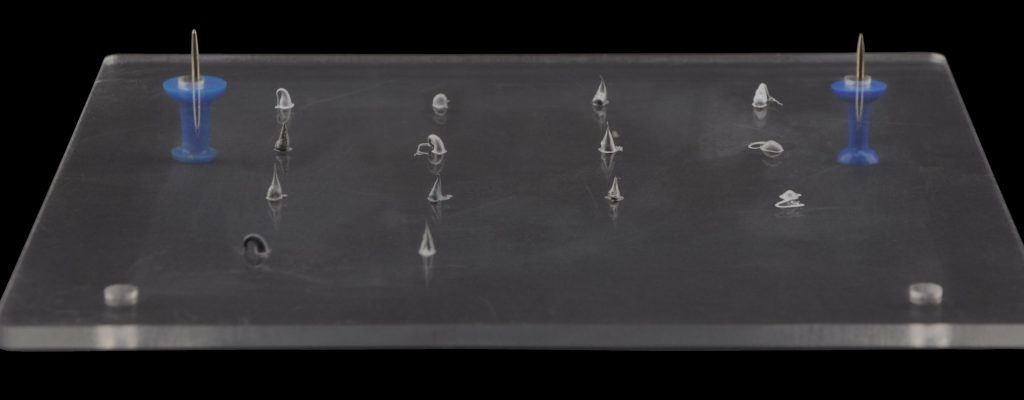
We managed to spread every paste evenly, but some were a challenge. However, not Zalman ZM-STG2, which used to be known for its “chewing gum“ consistency and tearing, probably due to inappropriate storage and drying silicone. This time it behaved like a different paste (tested on five samples). Noctua NT-H1 and SilentiumPC Pactum PT-1 are also excellently prepared for smooth spreading. Quite elastic NanoGrease Extreme is a bigger problem, especially HeGrease Extreme which sticks more to the applicator than to the heatspreader. In this case, it is more practical to use the drop method.
The heating element was overclocked Intel Core i7-5930K@4.4 GHz (on Gigabyte X99 UD4) with increased Vcore to 1.25 V. We simulated the burn in InterBurnTest (7500 MB). The waste heat was around 225 W. After the initial burn in, the tests took 300 seconds. We used high-flow industrial fans Noctua iPPC NF-F12 2000 and Scythe Fuma cooler, so five minutes should be more than enough for temperatures to stabilize. Temperatures can decrease a bit after several hours, which was the case of Arctic Silver 5, but it is a rare situation because most of compounds do not require a long-term burn in to provide the best results.
We used a smooth layer of 0.1 ml of paste for every application. We repeated every test twice (new installation included) to make sure that measured values match. The intake air temperature was 21 – 21.3 °C, ensured in our air-conditioned lab.



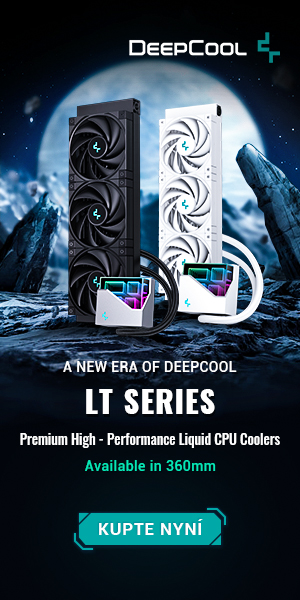
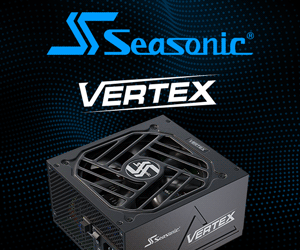
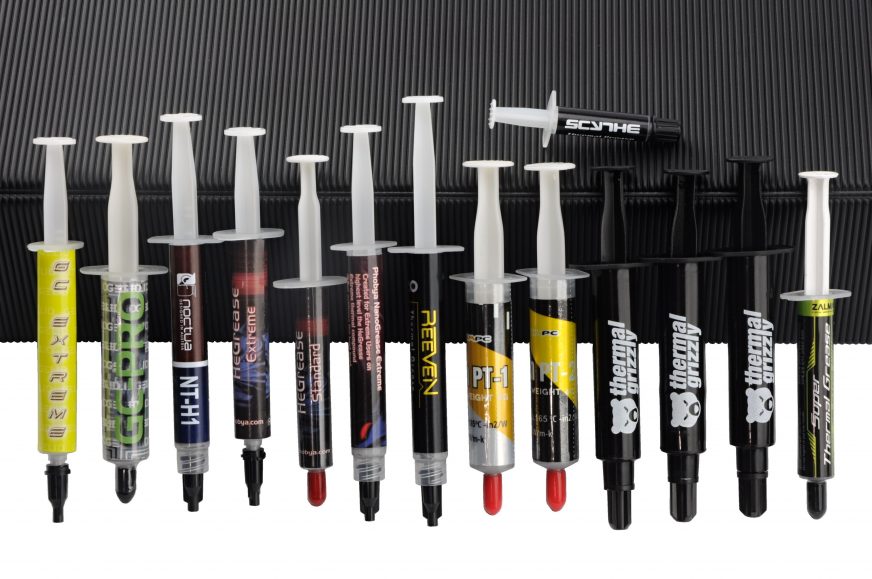

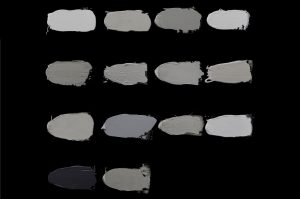
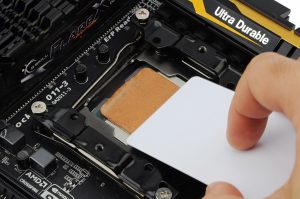
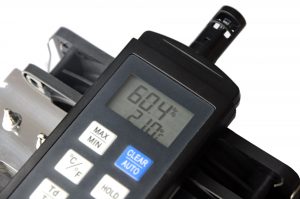
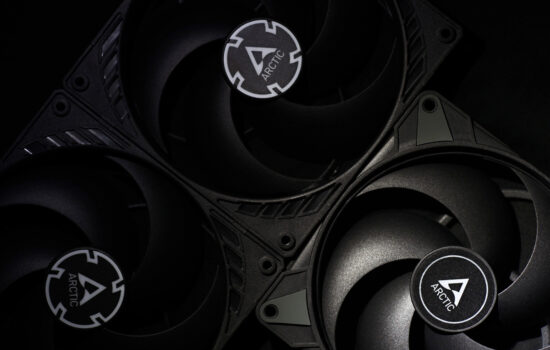
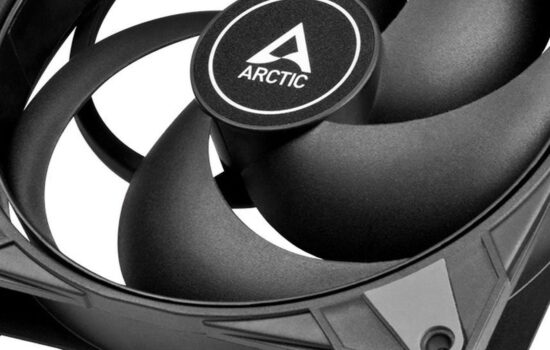
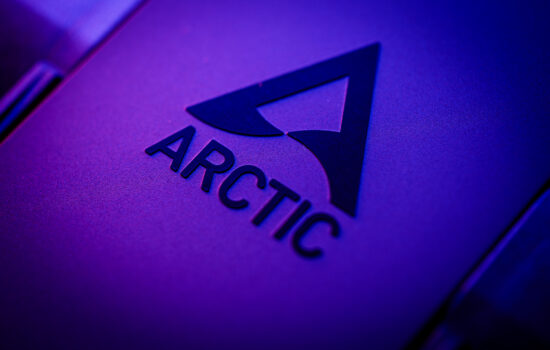
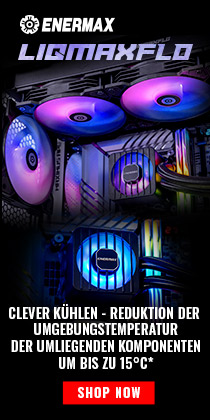
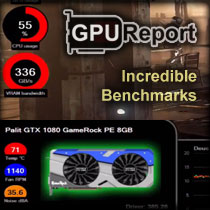
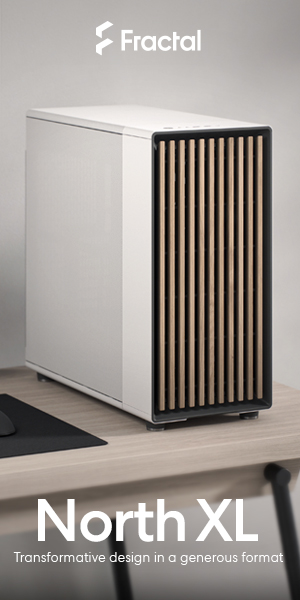
Are good old Arctic Ceramique 1/2 not relevant thermal compounds anymore?
Hello, we will try to find out in the next test of compounds. If there are any other pastes that you are interested in, please, let us know and we will include them too. And thanks for this tip!
Nice article! 🙂
Damn!!! Nice test…
“Give this man a cookie!!!”
So do you recommend using mastergel (regular non pro/maker version) since it came with my liquid cooler. But from what I seen in your benchmark both Arctic Silver 5 and MX4 (i have both and what I usually used ) performed better than mastergel.
How can the ” Phobya HeGrease Extreme ” beat the ” Phobya NanoGrease Extreme “? It has 10 W/mk. That’s weird af imo.
Yes, it’s weird but it’s true 🙂
Great experiment! How would Thermalright TF8 @ 13.8 W/m-K, and Thermalright TFX @ 14.3 W/m-K stack-up against this list?
Would you please evaluate Halnziye HY-P13 @ 13.4 W/m-K? Thank You.
Kingpin Cooling KPx Thermal Grease
Good tests. Till now, I used mx2 cuz costwise it is hard to beat and if you test coolers or cpus, it is great for its money. But now preparing for Vega TIM change and things are little more confusing, as some of the best TIMs seems to struggle with this task. Seems that transfered heat might be kinda even bigger and on really small area. Also some pastes are better when used on watter cooling, so tems are quite low. When it goes high, hotspot on Vega for example, they lose their great effectivity. That is probabbly why some guys haf issue with Kryonaut in this case and had great results with GC extreme. I myself wanna buy Gelids extreme pads too and still thinking if also their paste or should try the best GelMaker from CM, as it seems wreck competitors too.